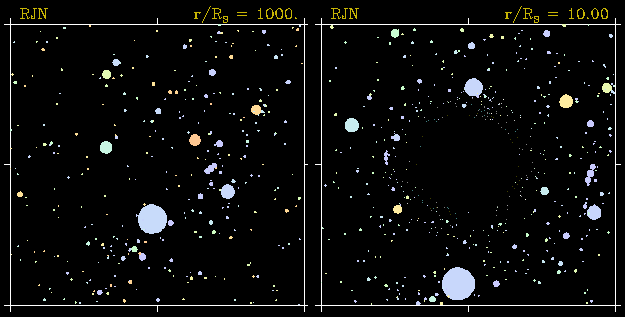Astronomy Picture of the Day
Discover the cosmos! Each day a different image or photograph of our fascinating universe is featured, along with a brief explanation written by a professional astronomer.
November 27, 1995

Too Close to a Black Hole
Credit and Copyright:
Robert Nemiroff,
(GMU,
NASA/
GSFC)